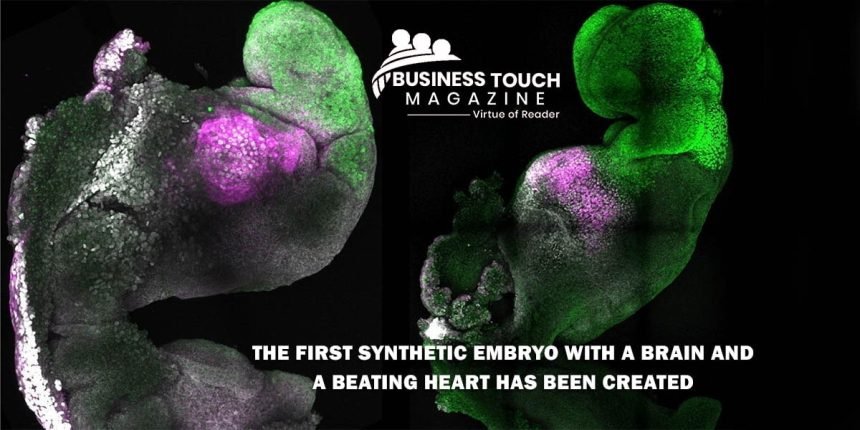The first “synthetic” embryo with a functioning brain and heart was developed by researchers at the University of Cambridge.
According to a story in the New York Post, researchers at Cambridge University have developed the first “synthetic” embryo with a functioning brain and heart and the genetic material to develop into any other kind of human being. The site further claimed that the embryo was generated using mouse stem cells.
Stem cells are the body’s stem cells and can transform into practically any sort of cell, therefore a team led by Professor Magdalena Zernicka-Goetz apparently constructed the embryo model without utilizing eggs or sperm.
Ms. Zernicka-Goetz teaches at the Department of Physiology, Development, and Neuroscience at Cambridge, where she specializes in mammalian development and stem cell biology.
Three distinct kinds of stem cells appear in early human development, and this study mimics these interactions in vitro.
According to the announcement, the scientists induced a certain set of genes and provided an optimal environment for the stem cells to “speak” to each other.
The researcher is reported as stating, “Our mouse embryo model grows not just a brain, but also a beating heart, all the components that go on to build up the body.”
“It’s incredible that things have progressed this far. For decades, this has been our community’s hope, and for the last decade, it has been the driving force behind all of our efforts “She said.
Professor Zernicka-Goetz and her colleagues at Cambridge University have been studying the earliest stages of pregnancy for the last decade to learn more about the causes of miscarriage and successful birth.
Ms. Zernicka-Goetz said, “The stem cell embryo model is crucial because it provides us accessibility to the growing structure at a stage that is ordinarily concealed from us due to the implantation of the small embryo into the mother’s womb.”
The researchers found that in addition to chemical signals, the extraembryonic cells also use mechanical signals, such as touch, to guide the embryo’s growth.




